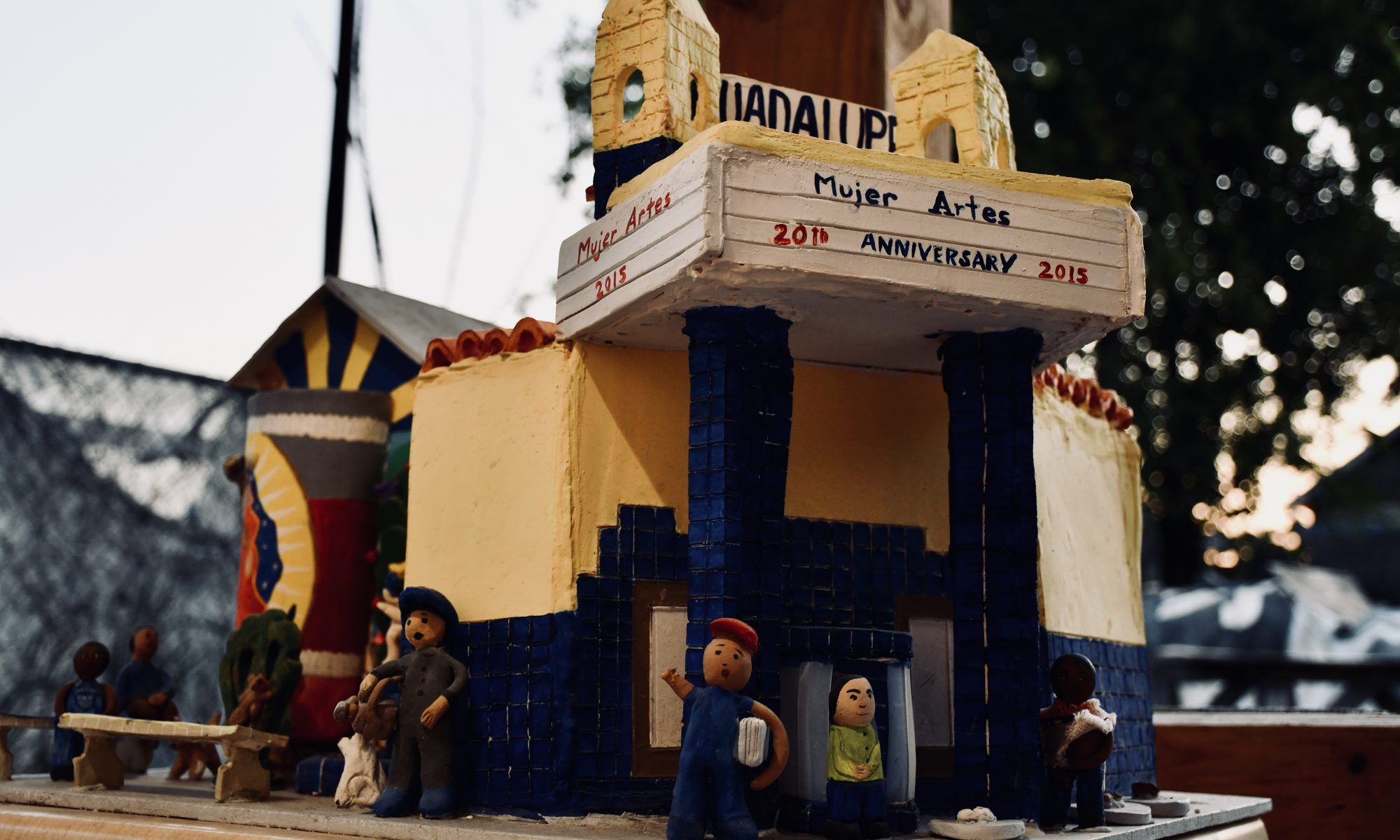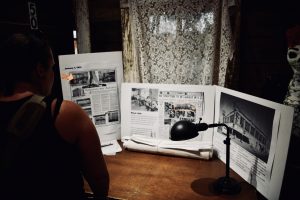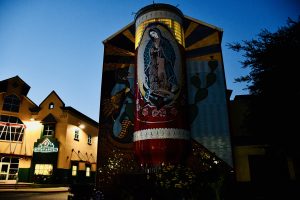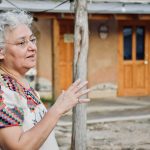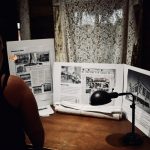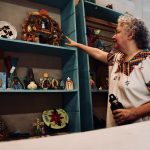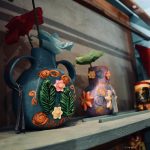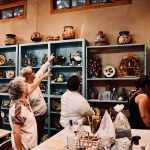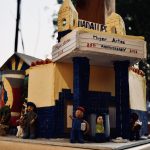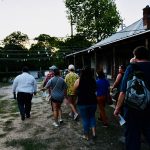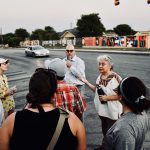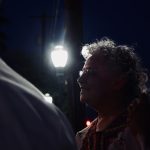Last week I had the opportunity to once again visit the Rinconcito de Esperanza to support the MujerArtes Women’s Clay Cooperative. To celebrate their one year anniversary in the the new earth block studio, the Esperanza Center hosted a celebration and week-long art sale.
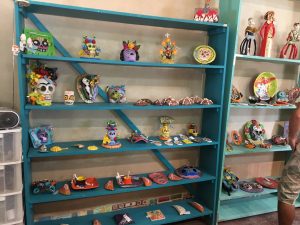
The mujeres who make up this cooperative use clay as a medium to illustrate historical snapshots of their lives. Each piece is intricately crafted, reflecting the artists’ cultural identity within her work. Since 1995, this program has welcomed a very diverse group of women to produce their art. These women commit to a certain number of studio hours per week, where they create artwork to sell to the community through various outreach programs. Although you wouldn’t be able to tell by looking at the artwork, most of these women are art novices, learning their craft alongside one another with the aid of an instructor and studio coordinator. Together, these women form a community, empowering each other through their shared passion of arte y cultura.
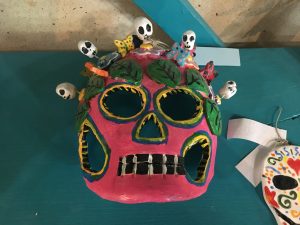
My fiancé and I scanned the rows of clay artwork, searching for our perfect match. I like to collect tiles so I selected a Selena tile for myself and picked out an ornamental la Virgen de Guadalupe, or Virgin Mary, for my grandma. My grandma was a migrant worker, as was my grandfather and their seven children. They traveled throughout the year, staying where the work was. I love to hear her stories about the past. My life is so vastly different from that of my grandma but through her stories about her life as a young girl, a mother, a migrant worker, and everything in between, I feel deeply connected to her. I went to visit my grandma later that day to give her la Virgen de Guadalupe I purchased for her at the art sale. She absolutely loved the gift and told me about the significance of the flowers that adorned the feet of la Virgen, the patron saint of Mexico.
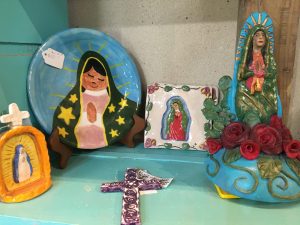
The flowers are symbolic, each kind specifying a virtue that the Virgin Mary exemplifies. These flowers include “the rose (Rosa canina), which was adopted as the emblem of Mary’s love of God; the white lily (Lilium candidum, Madonna lily), her purity; the myrtle (Myrtus communis), her virginity; and the marigold (Calendula officinalis), her heavenly glory.”
As an aspiring Public Historian, I am inspired by the MujerArtes. It is wonderful to see their culture embraced and celebrated through transformative works of art. By creating a tangible piece of their past, they are helping to preserve it and spurring a continual conversation. By gifting the Virgin Mary shrine to my grandma, I was able to hear a story from her and learn something new. I am thankful to the Women’s Clay Cooperative for giving me a gift that opened up this conversation. I hope to capture the spirit of the MujerArtes in my professional career.
To learn more about these amazing and talented artists, take a look at their profiles here: MujerArtes Artists

